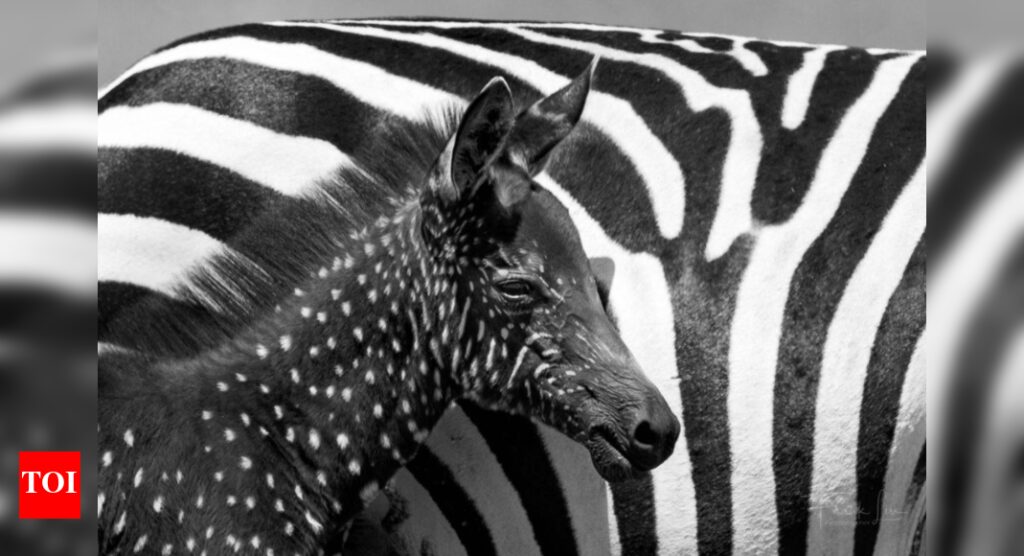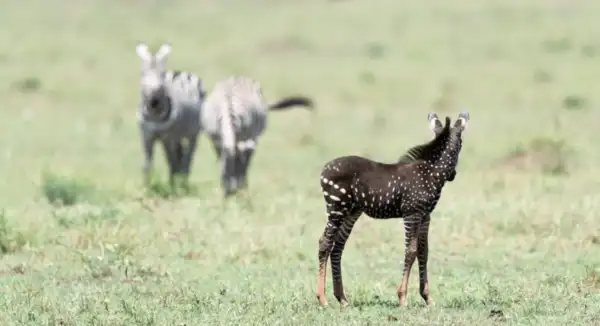First ever ‘polka-dotted’ zebra foal spotted in Kenya: Is this a new species?

Nature never fails to surprise us with its endless variety, and sometimes, something very rare is discovered that comes as a surprise that even seasoned wildlife experts do a double-take.In Kenya’s Maasai Mara National Reserve, a zebra foal was spotted with polka dots and not the usual stripes. While the Zebras are known to have distinctive and iconic black-and-white striped coats, which also help the animals in adapting to forests, sometimes, things as natural as this also get skipped by nature.The unusual markings on this young zebra is a glimpse into the world of genetic variation and pigment disorders in animals. While similar cases have come up in other parts of Africa, this is the first documented sighting of such a zebra in the Maasai Mara. The rare foal who has been nicknamed “Tira” has not only amazed tourists but also drawn attention from scientists eager to understand what causes such an unusual shift in coat pattern.

The extraordinary foal was first spotted in September 2017 by Antony Tira, a respected Maasai tour guide and photographer with Matira Bush Camp. As reported by Daily Nation, Tira was stunned by what he saw. “At first, I thought it was a zebra that had been captured and painted or marked for purposes of [researching] migration,” he said. “I was confused when I first saw it.” Upon closer look, he realised the zebra had a pigment disorder and captured the moment on camera.

The photos were shared on Matira Bush Camp’s Facebook page and quickly went viral, sparking a rush of visitors eager to see the rare animal. Photographer Frank Liu was one of the lucky few to spot Tira the very next day. “At first glance, he looked like a different species altogether,” Liu told reporters in an email. He, too, concluded the unique appearance came from a pigment condition.The foal was named “Tira” after the Maasai guide who found him. As Frank Liu explained, “There is a general rule within the park; whoever finds an animal of significance gets to name it.”

While the media described Tira as “pseudo-melanistic,” Professor Greg Barsh, a geneticist from HudsonAlpha Institute for Biotechnology, told Daily Nation that “it is probably better described as ‘spotted’ or ‘partially spotted.’” He explained that the issue isn’t in melanin production, but in the melanocytes’ ability to identify their location in the body.“They don’t know where they are,” Barsh said, adding that it’s not a pigment problem but more like “biological GPS” confusion.






